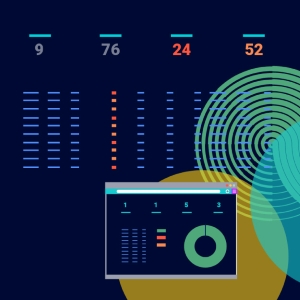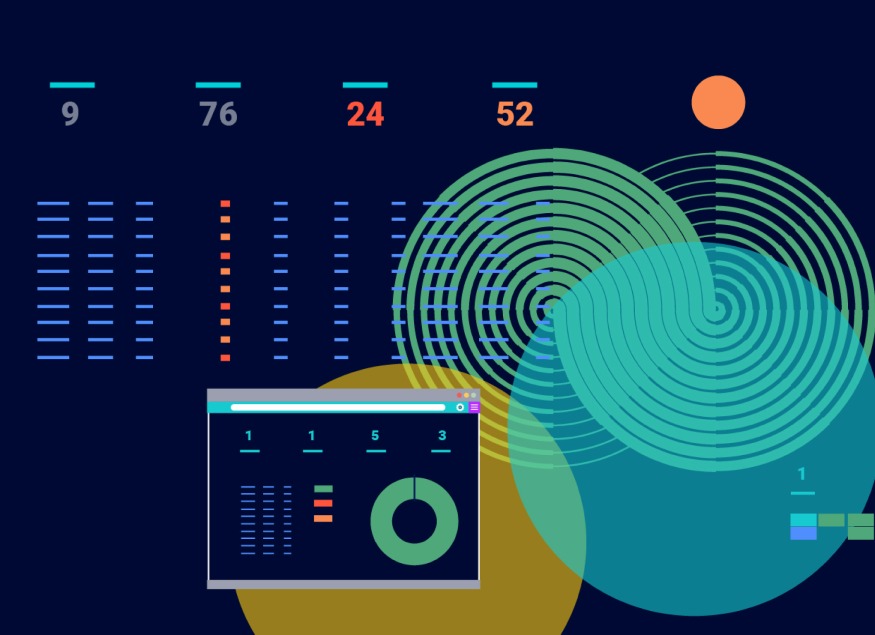Due to the threat of modern ransomware gangs and Advanced Persistent Threats (APTs), critical infrastructure organizations face unprecedented challenges from sophisticated adversaries. These gangs and APT groups, such as Volt and Salt Typhoons, seek to compromise and disrupt the operations of critical national infrastructure (CNI) for financial gain or to cause economic and societal harm. Luckily, organizations can combat these attacks by shifting from traditional defensive approaches to a comprehensive network resilience strategy that ensures operational continuity through proactive management.
The Critical Shift from Defense to Resilience
With mission-critical systems increasingly dependent on network availability, cybersecurity is a top priority. Traditional security approaches have primarily focused on hardening defenses against external threats. However, this strategy has proven insufficient as sophisticated attackers continue to infiltrate networks and are increasingly exploiting weakly configured or vulnerable network devices to carry out their attacks. The consequences of such breaches extend beyond security concerns to operational, financial and reputational damage that can undermine an organization’s core mission.
Network devices are particularly attractive targets because they serve as the connective tissue for all organizational IT operations. When compromised, these devices provide attackers with persistence, lateral movement capabilities and access to sensitive data flows. Additionally, misconfigurations and unplanned changes to these devices—whether malicious or accidental—can result in disruptive outages at precisely the wrong moment.
To address these challenges, organizations need a tailored network resilience strategy built on the four pillars of operational resilience:
- Business Continuity: Maintaining critical business functions and mitigating interruptions to mission-critical services
- Risk Management: Assessing proactively to identify and address potential failure points before they impact operations
- Cybersecurity: Utilizing trusted hardening guides and security frameworks, such as those provided by the US National Institute of Standards and Technology (NIST) and the UK National Cyber Security Centre (NCSC), to monitor, detect and respond to cyber attacks and insider threats
- Disaster Recovery: Regaining access to and use of critical systems and restoring services as soon as possible following an outage
This approach recognizes that network security must be redefined as the proactive protection and assurance of business services, applications and data. This strategy shifts the goal from merely defending the perimeter to ensuring systems remain available and recoverable, and therefore trustworthy.

Implementing Continuous Network Resilience Management
Organizations must switch to viewing their network security as something that must be continuously and proactively protected. By focusing on network readiness, resilience and recoverability, organizations can quickly detect problems within their network and reduce risk to their business, all which aligns with the latest compliance and security mandates. While shifting to continuous network resilience may seem daunting, Titania, a world-leader in network configuration analysis for routers, switches and firewalls, can help.
Here are five ways that Titania enables organizations to shift from risk-based vulnerability management to continuous network resilience management:
- Offers full network visibility, equipping organizations to swiftly identify anomalies. Titania’s platform establishes a configuration baseline that identifies all changes, differentiating between planned and unauthorized ones, enabling teams to automatically identify anomalies and potential indicators of compromise (IOCs). This includes identifying macro-segmentation violations, such as changes to or presence of unauthorized internet protocols (IPs), ports and users that could signal an active threat.
- Assesses network segmentation to contain breaches. Network segmentation prevents or delays bad actors from moving laterally within a business, which would allow them to access more of the network than otherwise possible. By hardening and effectively segmenting all routers, switches and firewalls, Titania helps reduce risk to a business’ mission-critical objectives.
- Analyzes and remediates network exposure. Titania helps organizations assess misconfigurations and software vulnerabilities based on the specific tactics, techniques and procedures (TTPs) that threat actors use. To minimize exposure to APTs and ransomware, Titania automatically prioritizes remediation workflows to address the most critical and likely TTP risks.
- Maintains accurate configuration management database (CMDB) to aid business continuity and disaster recovery. By tracking all configuration changes, whether planned or unauthorized, Titania enables businesses to swiftly recover from any potential breaches. Titania also enables network operations center (NOC) teams to manage configurations-as-code, ensuring potential disruptions are identified and addressed during pre-deployment configuration testing.
- Assures networks comply with both internal and external mandates. Titania cross-checks network configurations to determine adherence to mandated requirements, automatically reporting pass/fail compliance with US, EU and international hardening standards and risk management frameworks (RMFs).
As threats continue to evolve and mission objectives become intertwined with network infrastructure, the ability to ensure operational continuity through comprehensive network resilience management will become a defining characteristic of successful cybersecurity programs. By implementing solutions that address the full spectrum of network security challenges, Government agencies and commercial organizations can protect their mission-critical services and maintain the trust of those who depend on them.
To learn more about implementing a comprehensive network resilience strategy for your organization, visit Titania’s Nipper Resilience product page.
Carahsoft Technology Corp. is The Trusted Government IT Solutions Provider, supporting Public Sector organizations across Federal, State and Local Government agencies and Education and Healthcare markets. As the Master Government Aggregator for our vendor partners, including Titania we deliver solutions for Geospatial, Cybersecurity, MultiCloud, DevSecOps, Artificial Intelligence, Customer Experience and Engagement, Open Source and more. Working with resellers, systems integrators and consultants, our sales and marketing teams provide industry leading IT products, services and training through hundreds of contract vehicles. Explore the Carahsoft Blog to learn more about the latest trends in Government technology markets and solutions, as well as Carahsoft’s ecosystem of partner thought-leaders.







